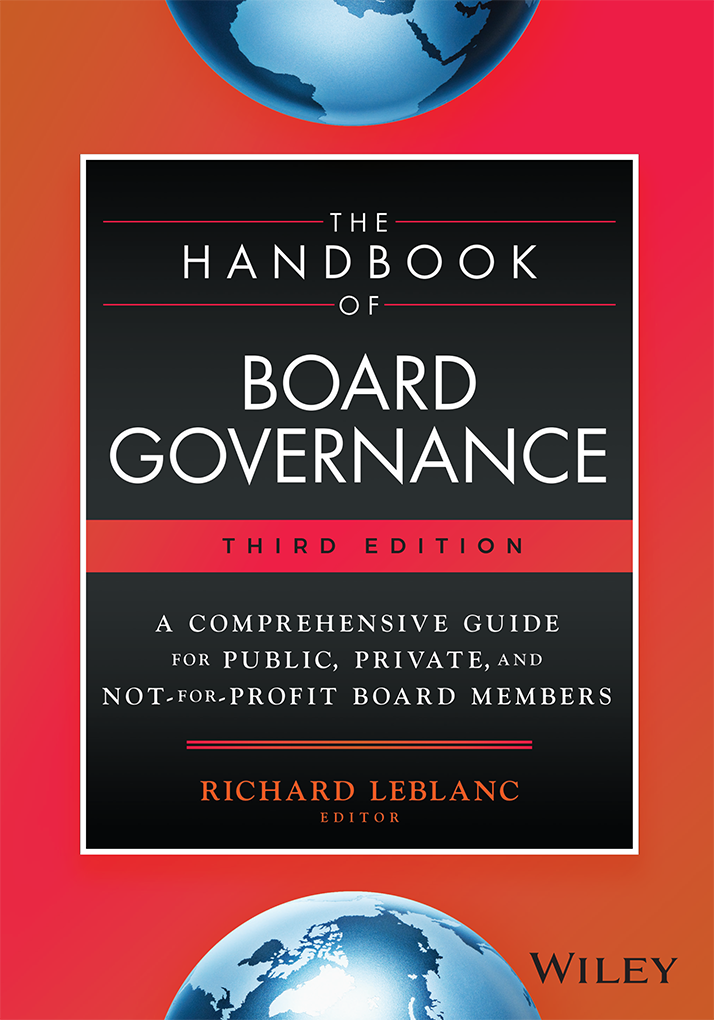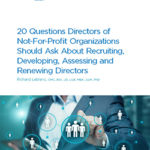Hundreds of former players are suing the National Football League and equipment manufacturers for head injuries and other damage, saying concussion data was ignored by the league and it had a duty to protect players.
This litigation could be precedent for a similar lawsuit against the National Hockey League. Concussions and the associated neurological damage are a problem in Canada’s game – “the fastest game without an engine.” The players and equipment are bigger, faster, stronger and harder, but the rinks and rules of the game have not kept up. And we have credible medical evidence now that we didn’t have before.
For examples of concussion damage, see “Concussion numbers were staggering in NHL’s 2011 and 2012,” the YouTube video “Suffering in Silence: NHL concussion issue,” more press here and here, and USA Today’s “NHL concussion tracker” (with 100 pictures).
See just some of the medical evidence here, and Peter Mansbridge’s coverage of the “Brain Lab That Could Change Hockey.” And, as many hockey fans know, Sidney Crosby’s performance may never fully recover from hits to his head.
The question is, is the NHL’s Commissioner, Gary Bettman, listening? What about the board?
Sporting governance is shrouded in mystery. Transparency International, in “Corruption and sport: building integrity and preventing abuses,” writes,
“There is generally a low level of transparency in many sport associations when it comes to publicly sharing information and documentation. This often linked to the disclosure practices of team owners — who are often individuals or companies. This characteristic is troubling given the process for making internal decisions and conducting elections in national and international sport organisations. Board members of international federations as well as members of working committees are often expected to vote unanimously, with dissenting votes not registered in the minutes. Such practices prevent any real accountability, both for the boards and for sport in general.”
In analyzing boards, I scrutinize the governance practices of the organization, compared to best practice, and how decisions were made, or not made. Here are just some issues I see with the NHL’s governance:
- Gary Bettman has been NHL Commissioner (which means “CEO”) since 1993. A tenure of almost 20 years for any CEO is highly anomalous. I would want to know the NHL Board’s plans for CEO succession, and whether it meets in closed session to discuss succession. I would also want to see Mr. Bettman’s position description, which is common now for CEOs.
- Mr. Bettman’s salary was, according to the National Post, US$7.5M for the year ending June 30, 2010. It was 3.7M in the 2004-05 season. Here, I would want to know how Mr. Bettman’s salary and incentive structure is set by the Board, what the performance metrics are (e.g., expansion, relocation, revenue targets, growth rates, television and radio metrics, etc.), and whether the metrics and compensation are risk-adjusted, including health and safety. I would, in short, examine how Mr. Bettman’s compensation drives his behavior.
- Every board has to identify and oversee risk. Here I would want to know the reporting and assurance protocols the NHL Board used and/or rejected for incorporating medical evidence for concussions in its oversight of management, rule-setting and strategy for the league.
- Every board has to have a reporting and accountability structure independent of executive management. Here I would want to know why the Board meets only twice a year (see “NHL’s secret constitution revealed”), what independent directors sit on the board, what the reporting and decision-making structures are, how rule-setting occurs, and the independent assurance and internal controls over player safety and league reputation.
- Lastly, I would want to know why there is minimal at best disclosure over governance on the NHL website. There are opportunities for development in this regard.
As the lawyers allege in their statement of claim suing the NFL:
“The NFL, like the sport of boxing, was aware of the health risks associated with repetitive blows producing sub-concussive and concussive results and the fact that some members of the NFL player population were at significant risk of developing long-term brain damage and cognitive decline as a result,” the complaint charges.
“Despite its knowledge and controlling role in governing player conduct on and off the field, the NFL turned a blind eye to the risk and failed to warn and/or impose safety regulations governing this well-recognized health and safety problem.”
We will see how this lawsuit plays out. In the interim, perhaps we might consider that the game might be better served by those who lead it coming to grips with advancements in medical research and what it is telling the sport about how the game is being played. Perhaps there are better governance practices in particular that could be put in place in order to help the game thrive in the future.
Posted by Richard Leblanc on Jun 15, 2012 at 6:44 pm in Uncategorized |












